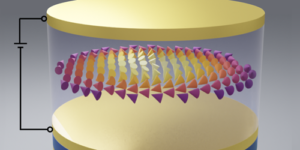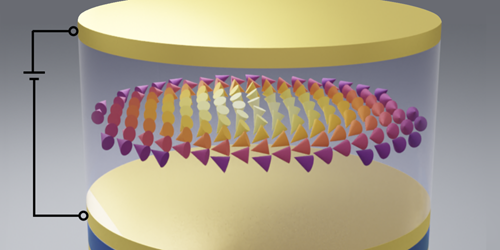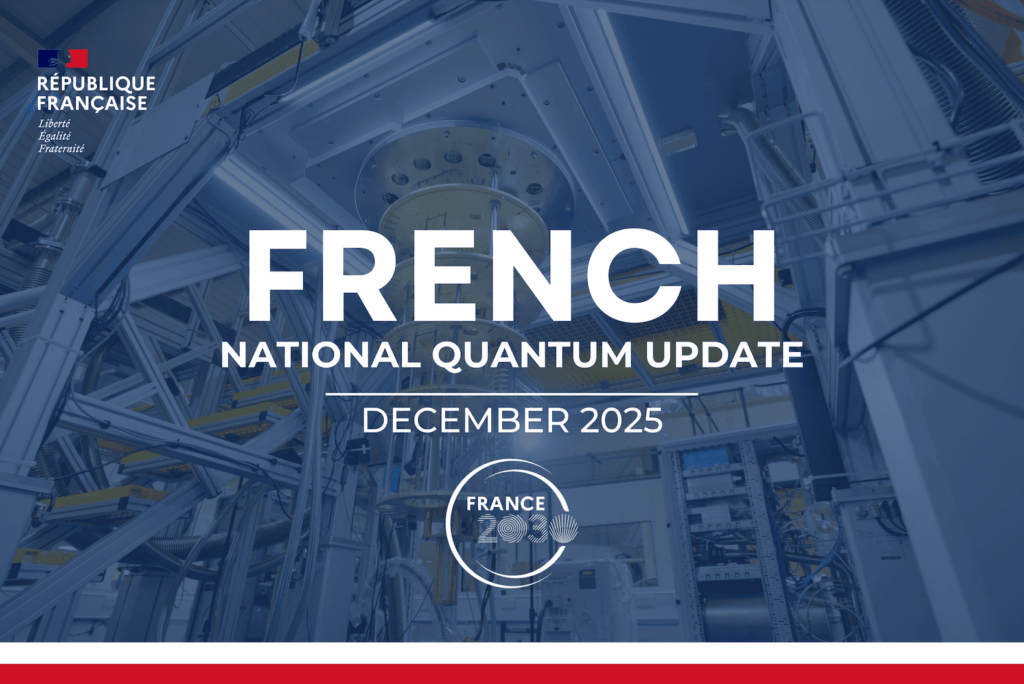
If you were just thinking that there weren’t enough quantum computing modalities out there, you’re in luck. A team of researchers from the U.S. and Singapore are offering evidence that magnetic skyrmions may offer a tempting new approach to quantum computing.
The team — which includes Christina Psaroudaki at the California Institute of Technology and Christos Panagopoulos at Nanyang Technological University in Singapore — also add that skyrmions may serve as qubits that are stable and scalable.
According to an APS Physics article, skyrmions are vortex-like quasiparticles that form when the local orientation of a magnetic material’s atomic spins deviates from that of the background. These quasiparticles have two key parameters of interest to quantum computer developers: their topological charge — how many times magnetic moments within a skyrmion wrap a sphere– and their helicity — an indication the angle of the spin axes from the crystallographic axis.
In Physical Review Letters, Psaroudaki and Panagopoulos propose to stabilize skyrmions in magnetic nanodisks bounded by electrical contacts. Static electric and magnetic fields can control the quantized energy spectra of the skyrmions. The user can then change the helicity between two energetically favored levels, which act as a qubit’s 0 and 1 states.

These electric and magnetic fields can also be tuned to control the qubits’ lifetimes. Qubits, which are placed in nanodisks, interact with other qubits through nonmagnetic spacers. Sensitive magnetometers can then serve as readouts.
The researchers report:” Scalability, controllability by microwave fields, operation time scales, and readout by nonvolatile techniques converge to make the skyrmion qubit highly attractive as a logical element of a quantum processor.”
Future work will identify materials that have the right magnetic configuration and geometrical frustration to host skyrmion qubits. They expect these new materials to advance with additional investigations into skyrmions.
If you found this article to be informative, you can explore more current quantum news here, exclusives, interviews, and podcasts.


















